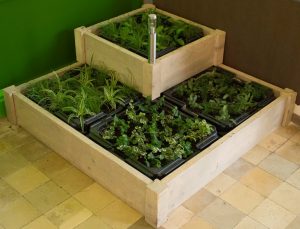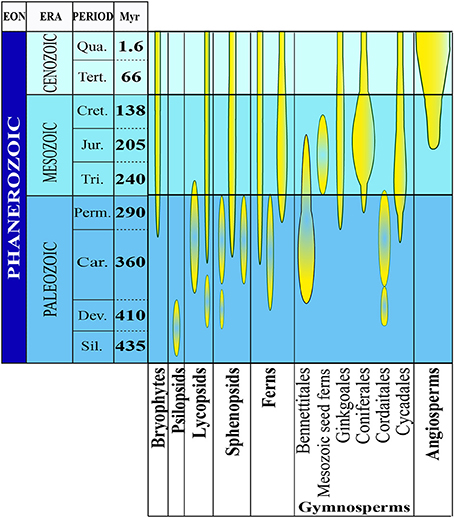Electricity may be the ultimate ripening nutrient. Just a thought. I think that applying electricity to water (highly conductive) is more efficient than putting electrodes in the soil.
Peter de Jaeger
Photo: Plant-e
Plants can also grow without light, is the belief of David Strik. The Wageningen environmental technologist has been awarded a grant to prove that plants need electricity.
 Electrosynthesis could become of great significance for world food production. Photo: Plant-eGrowing plants without light, but with electricity. That is David Strik's aim. He received an Open Mind grant from the Foundation for Technical Sciences for this idea. 'You can use it to produce food anywhere, without agricultural land,' says Strik, who uses the grant, worth 50,000 euros, to prove that it is possible with co-inventor and student Mathijs van der Zwart.
Electrosynthesis could become of great significance for world food production. Photo: Plant-eGrowing plants without light, but with electricity. That is David Strik's aim. He received an Open Mind grant from the Foundation for Technical Sciences for this idea. 'You can use it to produce food anywhere, without agricultural land,' says Strik, who uses the grant, worth 50,000 euros, to prove that it is possible with co-inventor and student Mathijs van der Zwart.
Plants use sunlight to grow, but you can replace light as an energy source with electricity, the inventors thought. Photosynthesis then becomes electrosynthesis.
The system runs like electrolysis: with an anode and a cathode. After energy is added to the anode, released electrons flow to the cathode, which contains bacteria or other organisms. With those electrons as an energy source, the bacteria grow, which will produce all kinds of substances. 'We have already succeeded with bacteria that make acetic acid,' says Strik. 'We hope to do the same now with algae and later with seaweed, which can deliver high-quality products. It always has to be in an aqueous environment to allow the electrons to flow.'
Nature already adds electricity to rainwater through lightning, which is possibly why it makes it better than any other kind of water for plant growth.
February 10, 2017
Peter de Jaeger
Photo: Plant-e
Plants can also grow without light, is the belief of David Strik. The Wageningen environmental technologist has been awarded a grant to prove that plants need electricity.

Plants use sunlight to grow, but you can replace light as an energy source with electricity, the inventors thought. Photosynthesis then becomes electrosynthesis.
The system runs like electrolysis: with an anode and a cathode. After energy is added to the anode, released electrons flow to the cathode, which contains bacteria or other organisms. With those electrons as an energy source, the bacteria grow, which will produce all kinds of substances. 'We have already succeeded with bacteria that make acetic acid,' says Strik. 'We hope to do the same now with algae and later with seaweed, which can deliver high-quality products. It always has to be in an aqueous environment to allow the electrons to flow.'
Nature already adds electricity to rainwater through lightning, which is possibly why it makes it better than any other kind of water for plant growth.



